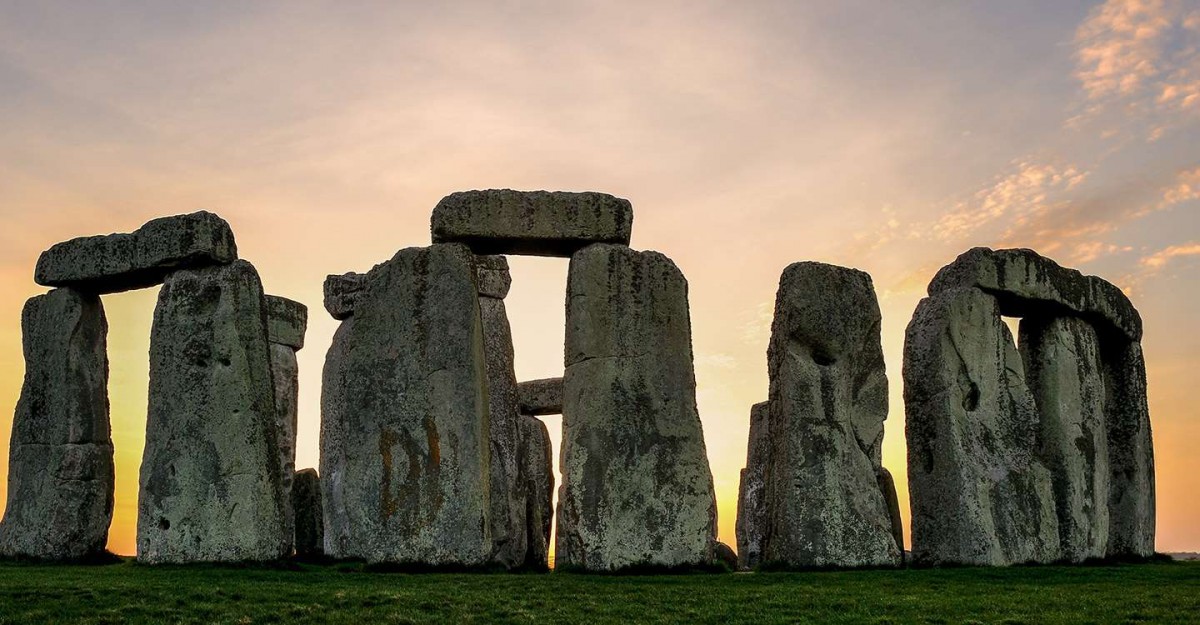Are We Living Inside a Computer Simulation?
DEC 16, 2012 01:42 PM ET // BY RAY VILLARD
(reblogged from http://news.discovery.com/space/are-we-living-in-a-computer-simulation-2-121216.htm)
The popular film trilogy, The Matrix, presented a cyberuniverse where humans live in a simulated reality created by sentient machines.
Now, a philosopher and team of physicists imagine that we might really be living inside a computer-generated universe that you could call The Lattice. What’s more, we may be able to detect it.
In 2003, British philosopher Nick Bostrom published a paper that proposed the universe we live in might in fact really be a numerical computer simulation. To give this a bizarre Twilight Zone twist, he suggested that our far-evolved distant descendants might construct such a program to simulate the past and recreate how their remote ancestors lived.
He felt that such an experiment was inevitable for a supercivilization. If it didn’t happen by now, then in meant that humanity never evolved that far and we’re doomed to a short lifespan as a species, he argued.
To extrapolate further, I’d suggest that artificial intelligent entities descended from us would be curious about looking back in time by simulating the universe of their biological ancestors.
As off-the-wall as this sounds, a team of physicists at the University of Washington (UW) recently announced that there is a potential test to see if we actually live in The Lattice. Ironically, it would be the first such observation for scientifically hypothesized evidence of intelligent design behind the cosmos.
The UW team too propose that super-intelligent entities, bored with their current universe, do numerical simulations to explore all possibilities in the landscape of the underlying quantum vacuum (from which the big bang percolated) through universe simulations. “This is perhaps the most profound quest that can be undertaken by a sentient being,” write the authors.
Before you dismiss this idea as completely loony, the reality of such a Sim Universe might solve a lot of eerie mysteries about the cosmos.
About two-dozen of the universe’s fundamental constants happen to fall within the narrow range thought to be compatible with life. At first glance it seems as unlikely as balancing a pencil on its tip. Jiggle these parameters and life as we know it would have never appeared. Not even stars and galaxies. This is called the Anthropic principle.
The discovery of dark energy over a decade ago further compounds the universe’s strangeness. This sort of “antigravity” pushing space-time apart is the closest thing there is to nothing and still is something. This energy from the vacuum of space is 60 orders of magnitude weaker that what would be predicted by quantum physics. The eminent cosmologist Michael Turner ranks dark energy as “the most profound mystery in all of science.”
We are also living at a very special time in the universe’s history where it switched gears from decelerating to accelerating under the push of dark energy. This begs the question “why me why now?” (A phrase popularly attributed to Olympic figure skater Nancy Kerrigan in 1994 when she was attacked and crippled by an opponent.)
If dark energy were slightly stronger the universe would have blown apart before stars formed. Any weaker and the universe would have imploded long ago. Its incredibly anemic value has been seen as circumstantial evidence for parallel universes with their own flavor of dark energy that is typically destructive. It’s as if our universe won the lottery and got all the physical parameters just right for us to exist.
Finally, an artificial universe solves the Fermi Paradox (where are all the space aliens?) by implying that we truly are alone in the universe. It was custom made for us by our far-future progeny.
Biblical creationists can no doubt embrace these seeming cosmic coincidences as unequivocal evidence for their “theory” of Intelligent Design (ID). But is our “God” really a computer programmer rather than a bearded old man living in the sky?
Currently, supercomputers using a impressive-sounding technique called lattice quantum chromodynamics, and starting from the fundamental physical laws, can simulate only a very small portion of the universe. The scale is a little larger than the nucleus of an atom, according UW physicist Martin Savage. Mega-computers of the far future could greatly expand the size of the Sim Universe.
If we are living in such a program, there could be telltale evidence for the underlying lattice used in modeling the space-time continuum, say the researchers. This signature could show up as a limitation in the energy of cosmic rays. They would travel diagonally across the model universe and not interact equally in all directions, as they otherwise would be expected to do according to present cosmology.
If such results were measured, physicists would have to rule out any and all other natural explanations for the anomaly before flirting with the idea of intelligent design. (To avoid confusion with the purely faith-based creationist ID, this would not prove the existence of a biblical God, because you’d have to ask the question “why does God need a lattice?”)
If our universe is a simulation, then those entities controlling it could be running other simulations as well to create other universes parallel to our own. No doubt this would call for, ahem, massive parallel processing.
If all of this isn’t mind-blowing enough, Bostrom imagined “stacked” levels of reality, “we would have to suspect that the post-humans running our simulation are themselves simulated beings; and their creators, in turn, may also be simulated beings. Here may be room for a large number of levels of reality, and the number could be increasing over time.”
To compound this even further, Bostrom imagined a hierarchy of deities, “In some ways, the post-humans running a simulation are like gods. However, all the demigods except those at the fundamental level of reality are subject to sanctions by the more powerful gods living at lower levels.”
If the parallel universes are all running on the same computer platform could we communicate with them? If so, I hope the Matrix’s manic Agent Smith doesn’t materialize one day.
To borrow from the title of Isaac Asimov’s novel I Robot, the human condition might be described as I Subroutine.






